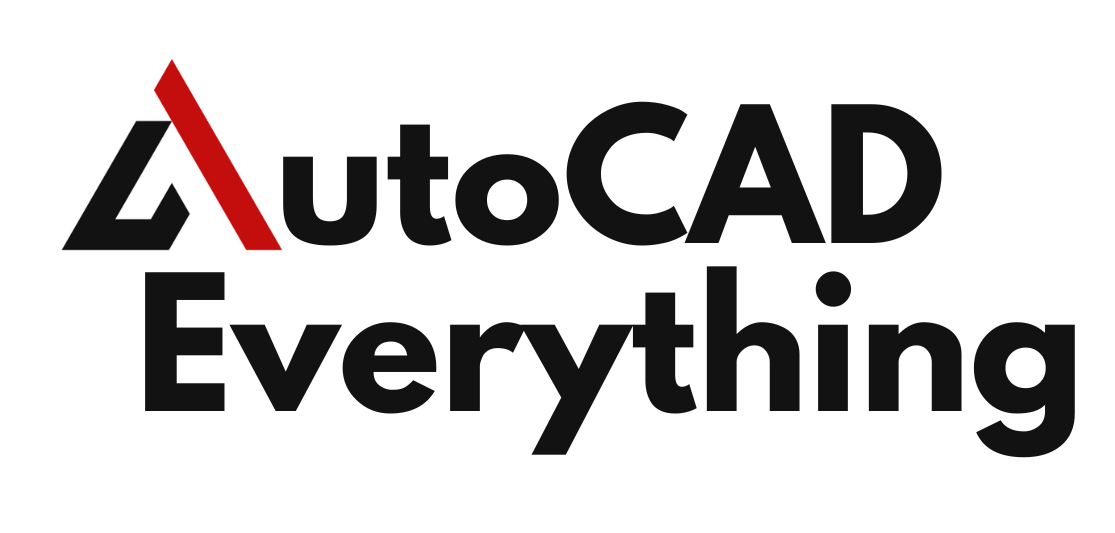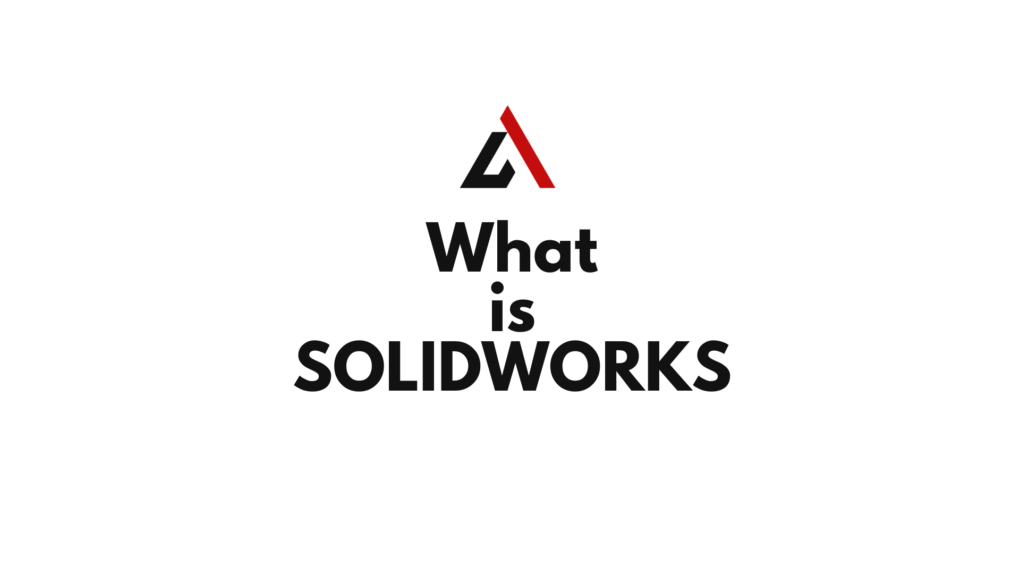SOLIDWORKS is one of the world’s most widely used 3D CAD (computer-aided design) platforms. Built as a parametric, feature-based modelling system, SOLIDWORKS helps engineers, product designers and manufacturers take an idea from concept through simulation, documentation and manufacturing.
In this article we’ll explain what is SOLIDWORKS, how it works, what you can do with it, what hardware and licensing look like today, and how it compares to other popular CAD tools — with comparison charts and practical guidance so you can decide if it’s the right tool for your project or team.
Table of Contents
Quick definition and origin
At its core, SOLIDWORKS is a professional 3D CAD software package owned by Dassault Systèmes. It offers parametric 3D part modelling, assembly management, 2D drawings (production documentation), plus a growing suite of connected tools for simulation, data management (PDM), electrical design, and cloud/collaboration.

SOLIDWORKS aims to be intuitive and engineer-friendly, with a strong focus on mechanical parts, assemblies, manufacturing documentation and downstream workflows.
How SOLIDWORKS works — core concepts
- Parametric, feature-based modelling. You build parts by creating sketches and features (extrude, cut, fillet, revolve, loft, etc.). Each feature stores parameters so models stay editable — change a sketch dimension and dependent features update. This parametric approach gives controlled, repeatable models ideal for manufactured parts.
- Assemblies. Multiple parts come together in assemblies with mates (constraints) that define how parts fit and move. SOLIDWORKS handles small to very large assemblies, and assembly structure drives BOMs and manufacturing outputs.
- 2D drawings & documentation. From a 3D model you create production drawings, GD&T, exploded views and manufacturing notes — the deliverables machinists and suppliers need.
- Add-on ecosystems. Simulation (FEA, CFD, motion), CAM, electrical (ECAD/MCAD collaboration), PDM data management, and cloud/collaboration tools extend the core CAD functionality. Recent releases emphasize browser-based tools and cloud workflows.
Key capabilities and features (what it does well)
- Robust parametric modelling for mechanical parts and assemblies — strong for machined parts, molded components, sheet metal, welded frames, castings and standard hardware.
- Large assembly support with tools for managing display states, lightweight components, and simplified representations for faster performance.
- Integrated drawing production that links 2D views directly to 3D geometry so drawings update automatically when models change.
- Interoperability and file exchange: native SLDPRT / SLDASM / SLDDRW formats plus import/export options (STEP, IGES, Parasolid, STL, 3D PDF, etc.). This makes collaboration with other CAD systems feasible.
- Simulation and validation (static FEA, motion, thermal, and more) through SOLIDWORKS Simulation add-ons so you can test parts before they’re made.
- Cloud and browser experiences. Recent SOLIDWORKS releases have expanded browser-based editing, collaboration, and PDM features so teams can work remotely or in hybrid cloud workflows.
System & hardware basics (what you need)
SOLIDWORKS is desktop Windows software (x86_64) with recommended workstation hardware for good performance: modern multi-core Intel/AMD CPUs, SSD drives, 16 GB RAM minimum (32 GB recommended for larger assemblies), and certified professional GPUs (NVIDIA Quadro/RTX A series or similar). SSDs and supported drivers are recommended for smooth performance. If you use SOLIDWORKS Visualize or Render, GPU specs and VRAM become even more important.
Licensing & pricing (today’s model)
Dassault Systèmes sells SOLIDWORKS in different packages (Standard, Professional, Premium) and also offers cloud-enabled subscriptions and enterprise options. As an example, the single-user SOLIDWORKS Standard with Cloud Services list price shown on the SOLIDWORKS site is around $2,820 USD/year (US single-user price; local pricing varies and reseller discounts/enterprise terms exist). There are also student and education licenses, and network/tenant licensing for companies. Always confirm with an authorized reseller for current local pricing and bundle options.
File formats & interoperability
SOLIDWORKS saves native files as:
.sldprt(part),.sldasm(assembly),.slddrw(drawing) — native parametric formats. (spatial.com)
It can import/export neutral and native exchange formats: STEP, IGES, Parasolid, STL (3D printing), 3D PDF, DXF/DWG for 2D, and many vendor-specific formats through translators. These interoperability options are essential for working across supply chains using different CAD systems.
Comparison: SOLIDWORKS vs other popular CAD tools (concise chart)
Below is a practical comparison across typical decision criteria (target user, cloud, licensing, best strengths). Note: specific features and pricing change over time — I cite representative sources and recommend checking vendor pages for the latest details.
| Criteria | SOLIDWORKS (Dassault) | Fusion 360 (Autodesk) | Inventor (Autodesk) | CATIA (Dassault) |
|---|---|---|---|---|
| Target users | Mechanical engineers, SMBs, manufacturers, large teams with PDM needs. | Hobbyists, makers, startups, small teams; strong CAM/PCB integration; subscription-focused. | Professional mechanical CAD for mid-sized companies; similar to SOLIDWORKS in approach. | High-end surface modelling & automotive/aerospace PLM; large enterprise product platform. |
| Modelling approach | Parametric feature-based, strong assemblies. | Direct + parametric history; flexible cloud workflows. | Parametric, assembly focus; integrated with Autodesk ecosystem. | Multi-discipline PLM platform; advanced surfacing & systems engineering. |
| Cloud support | Growing browser tools, but desktop remains primary. | Cloud-native and collaborative by design. | Desktop with cloud services; less cloud-centric than Fusion. | Enterprise PLM with cloud options at scale. |
| Cost model | Per-user subscription & perpetual options via resellers; professional pricing. | Subscription (varied tiers, cheaper entry). | Subscription and maintenance; commercial licensing. | Enterprise pricing (higher), targeted at OEMs. |
| Strengths | Ease of use, documentation, ecosystem, PDM, simulation add-ons. | Flexible workflows, integrated CAM/PCB, lower entry cost for hobbyists. | Strong mechanical CAD, familiar UI for SolidWorks users switching to Autodesk. | Highly capable for complex surfacing, automotive/aerospace & full PLM lifecycle. |
When to choose SOLIDWORKS — common use cases
- You design mechanical parts, assemblies, and need production drawings that link to the model.
- You work in a team that needs PDM (Product Data Management) and revision control integrated with CAD.
- You need industry-standard workflows for sheet metal, weldments, molds, standard parts libraries and BOM outputs.
- You require simulation (structural, thermal, motion) inside the same ecosystem for quicker design iterations.
Pros and cons (practical summary)
Pros
- Mature, well-documented workflow for mechanical design and manufacturing.
- Wide ecosystem: simulation, CAM, ECAD/MCAD collaboration and PDM.
- Strong third-party add-on ecosystem and training resources.
Cons
- Cost can be high for single users vs some cloud competitors (Fusion 360) depending on bundles and enterprise agreements.
- Performance can require a capable workstation on large assemblies — hardware needs matter.
- Desktop-first approach (though growing cloud capabilities) — some teams prefer fully cloud-native collaboration.
Learning SOLIDWORKS — resources and path
- Start with the basics: sketches → extrudes/cuts → features → parts → assemblies → drawings. Use the built-in tutorials and beginner exercises.
- Hands-on projects: model a simple machine part, build an assembly, make a drawing and export a STEP/STL. Real projects teach constraints, mates, and drawing standards.
- Simulation & CAM: after mastering modelling, try SOLIDWORKS Simulation basics and CAM (if you plan to manufacture).
- PDM & collaboration: if working in teams, learn PDM workflows (check-in/check-out, revisions).
- Official & third-party training: Dassault’s learning portal, reseller classrooms, and widely available online courses/tutorials and community forums accelerate the learning curve.
Tip: workflows that save time
- Use configurations to manage families of parts (sizes, options) instead of duplicating files.
- Leverage simplified representations for heavy assemblies to speed up daily work.
- Adopt standard templates for parts/drawings (title blocks, material, tolerances) to maintain consistent documentation.
Frequently asked practical questions
Q: Can SOLIDWORKS run on Mac?
A: SOLIDWORKS is Windows x86_64 native. Some Mac users run Windows via Boot Camp/VMs, but official support focuses on Windows workstations and certified GPUs. Check system requirements for details.
Q: What file should I export for CNC or 3D printing?
A: For CNC: STEP or IGES or native CAM-ready formats depending on CAM system. For 3D printing: export STL with appropriate resolution settings.
Q: Is SOLIDWORKS still evolving toward cloud?
A: Yes — recent releases have expanded browser-based experiences and cloud services while keeping the desktop as the primary, fully featured environment.
Final verdict — who should pick SOLIDWORKS?
SOLIDWORKS is ideal for mechanical engineers, product designers, and manufacturing teams that need a mature, parametric CAD system with strong documentation, simulation add-ons, and enterprise data management. If your work is heavily collaborative and cloud-native, or budget is the primary constraint for hobby work, then cloud-first tools like Fusion 360 can be compelling alternatives; but for mainstream mechanical CAD and enterprise workflows, SOLIDWORKS remains an industry standard.

